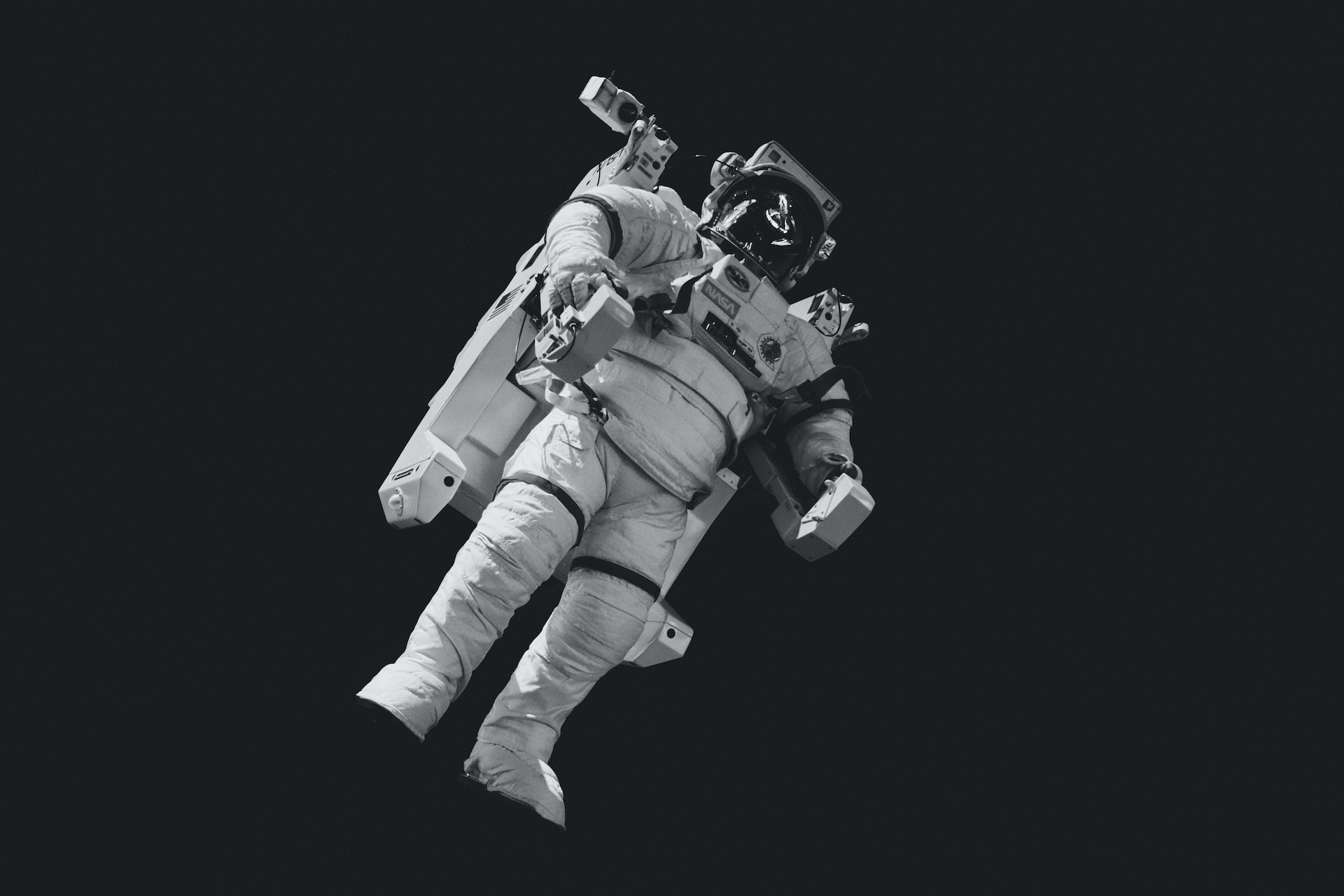The History of Human Spaceflight: from Yuri Gagarin to SpaceX

Human spaceflight is one of the most remarkable achievements in human history. From the early days of space exploration in the 1960s, humanity has been pushing the boundaries of what is possible and venturing into the unknown. The history of human spaceflight is a story of incredible accomplishment, perseverance, and innovation.
The Beginning of Human Spaceflight: Yuri Gagarin and the Soviet Space Program
The history of human spaceflight began on April 12, 1961, when Yuri Gagarin became the first human to travel into space. Gagarin’s flight, aboard the Vostok 1 spacecraft, lasted 108 minutes and orbited the Earth once. Gagarin’s flight was a major achievement for the Soviet Union and marked the beginning of the space race between the Soviet Union and the United States.
The Soviet Union continued to make significant strides in space exploration in the following years. In 1963, Valentina Tereshkova became the first woman in space, aboard the Vostok 6 spacecraft. The Soviet Union also achieved the first manned lunar flyby in 1964, with the flight of the Zond 3 spacecraft.
The United States and NASA: The Gemini and Apollo Programs
While the Soviet Union was making significant progress in space exploration, the United States was also making strides in human spaceflight through the National Aeronautics and Space Administration (NASA). In 1961, NASA began the Gemini program, which aimed to develop the technology and techniques needed for a manned lunar landing. The Gemini program was a success and laid the foundation for the Apollo program, which was launched in 1961.
The Apollo program was an ambitious effort to land a man on the Moon and return him safely to Earth. On July 20, 1969, the Apollo 11 mission successfully achieved this goal, with astronauts Neil Armstrong and Edwin “Buzz” Aldrin becoming the first humans to set foot on the Moon. The Apollo program continued until 1972, with a total of six manned lunar landings.
The Space Shuttle and the International Space Station
After the end of the Apollo program, NASA shifted its focus to the development of the Space Shuttle program. The Space Shuttle was a reusable spacecraft that was designed to be able to launch and land like an airplane. The program began in 1981 with the launch of the Space Shuttle Columbia and continued for 30 years, until the final flight of the Space Shuttle Atlantis in 2011.
During the Space Shuttle era, NASA also collaborated with other space agencies to construct the International Space Station (ISS). The ISS is a habitable artificial satellite that orbits the Earth. It serves as a platform for scientific research, technology development, and international cooperation. The ISS has been continuously occupied by human crews since 2000.
Current Era of Human Spaceflight: SpaceX and Commercial Spaceflight
The current era of human spaceflight is being shaped by the rise of commercial spaceflight companies, led by companies such as SpaceX. SpaceX, founded by entrepreneur Elon Musk, is a private space exploration company that aims to make space travel more affordable and accessible.
In 2012, SpaceX became the first privately-funded company to send a spacecraft to the International Space Station (ISS) with its Dragon spacecraft. In 2018, SpaceX launched its first test flight of the Dragon spacecraft with NASA astronauts on board, making it the first privately-funded company to send humans to space.
SpaceX continues to make strides in the field of human spaceflight, with plans for lunar tourism and the development of its Starship spacecraft, which is designed to take humans to Mars.
In addition to SpaceX, other private companies such as Blue Origin, founded by Amazon CEO Jeff Bezos, and Virgin Galactic, founded by Richard Branson, are also making significant advancements in the field of commercial spaceflight. Blue Origin is currently developing its New Shepard spacecraft for suborbital space tourism and its New Glenn spacecraft for orbital launches. Virgin Galactic, on the other hand, is developing a spaceplane for suborbital space tourism.
In recent years, governments around the world have also been investing in commercial spaceflight. For example, China is investing heavily in its space program and has plans to establish a permanent manned space station and to send humans to the Moon.
The future of human spaceflight is promising, with the continued advancements in technology and the increasing involvement of private companies. The development of reusable launch systems, advancements in propulsion technology and life support systems, and the establishment of commercial space stations and lunar bases are expected to make space travel more affordable and accessible.
In conclusion, the history of human spaceflight is a story of incredible accomplishment, perseverance and innovation. From the first manned flight by Yuri Gagarin in 1961 to the current era of commercial spaceflight led by companies like SpaceX, human spaceflight has pushed the boundaries of what is possible and ventured into the unknown. The future of human spaceflight is exciting, with the continued advancements in technology and the increasing involvement of private companies expected to make space travel more affordable and accessible.
References:
- NASA: 60 Years and Counting – Human Spaceflight
- History of Flight
- SpaceX
- ESA – Yuri Gagarin
- Soviet Space Program | Space Race | National Curriculum | Schools & Colleges | National Cold War Exhibition
- Vostok 1 spacecraft
- Valentina Tereshkova | Biography, Vostok 6, & Facts | Britannica
- The Apollo Missions | NASA
- What Was the Apollo Program? | NASA
- The Apollo Program: How NASA sent astronauts to the moon | Space
- NASA
- International Space Station | NASA
- SpaceX – Dragon
- Space Shuttle Columbia – Wikipedia
- Blue Origin
- Virgin Galactic – Wikipedia
- New Glenn | Blue Origin
- Suborbital space tourism and why every person matters – Austrian Space Forum (OeWF)





